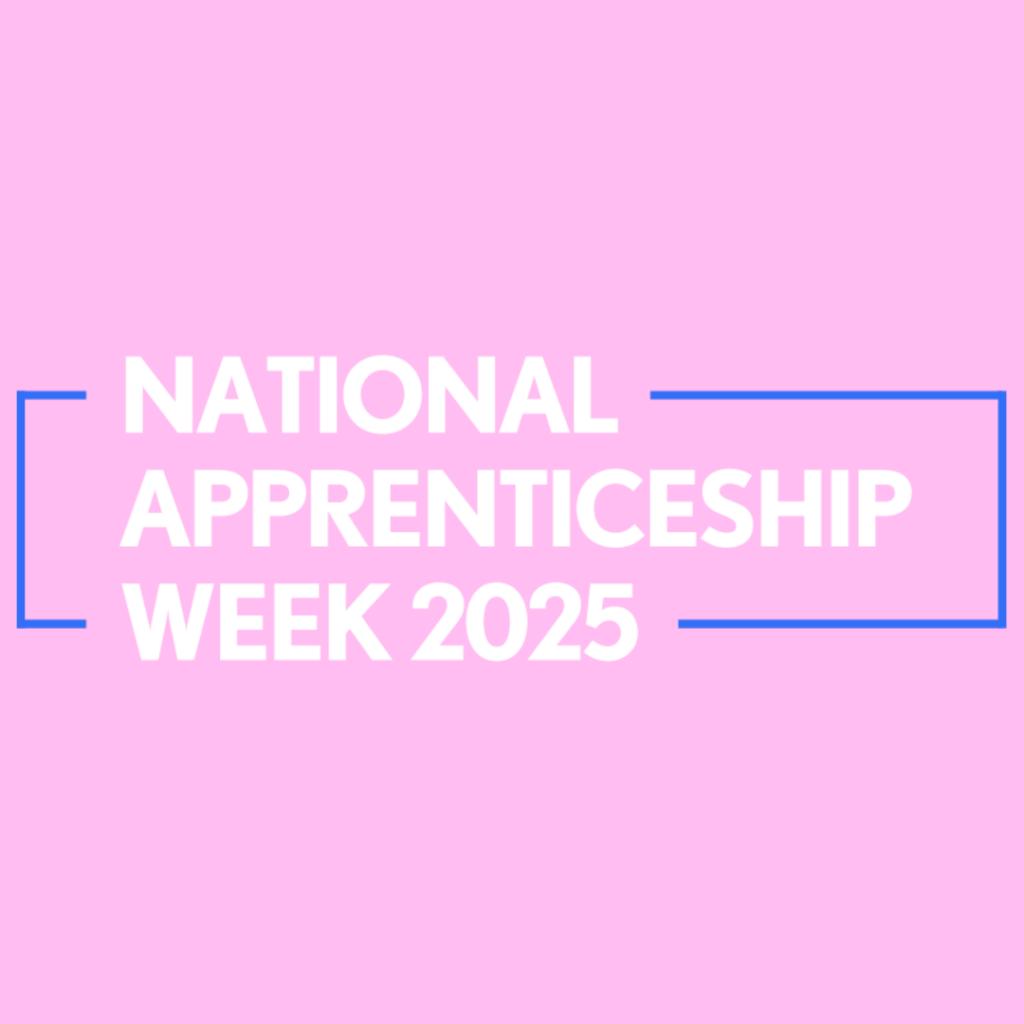Patient simulation
Simulated practice within the clinical skills laboratories does not replace clinical experience but it does equip the students with skills that are transferable to clinical practice. Working on the simulated patients can build self-confidence by offering a safe and supportive environment to practice clinical skills without compromising patient safety.
Students are given feedback so that they can reflect on their performance and assess their strengths and weaknesses. Using current and innovative teaching practice Coventry University aims to promote high quality patient care and produce highly skilled clinicians for practice.
Ambulance
The university aims to give paramedic students training they can use in real-life situations but going out with an ambulance crew is not always possible.
Working in the back of an ambulance is very difficult, mainly because of the lack of space, so Coventry have invested in an ambulance of their own to act as a training aid for students.
Their ambulance once belonged to Bedfordshire and Hertfordshire Ambulance Service and has been restored by Mark Garratt, Paramedic Clinical Skills Instructor, and the HLS clinical skills team.
The indoor location allows for training and observation in all weathers, whilst the classrooms exterior doors lead to a short delivery roadway that can be coned off for road accident scenario purposes. Other accessible areas include a nearby park and wide grass verge, all of which can be used to recreate situations in which ambulance personnel are required to make a decision as to whether patients should be treated in-situ or transferred onto the vehicle for on-going care.
Operating department/Surgical skills laboratory
Coventry’s Operating Departmental/Surgical Skills Laboratory is used for many different scenarios, including paramedic science, emergency operating department procedures and orthopaedic teaching. They have a full Vulcan beam traction bed that allows them to demonstrate a wide variety of traction scenarios. They also have a full plaster trolley enabling students to practice all sorts of Plaster of Paris applications.
There are also facilities within the laboratories for students to practice clinical measurements and other procedures on each other.
METIman
One of their latest additions is METIman, a life size, fully wireless simulator with on board fluid, pneumatic and electrical systems designed to provide students with the most realistic simulated patient experience available.
Paediatric and Midwifery Lab
In the Paediatric and Midwifery Laboratory students can practice and learn how to bath and examine a baby. Coventry have various child and baby mannequins with which they can simulate procedures. The laboratory contains an electronic profiling cot, which moves electronically to enable safe moving and handling of children in and out of the cot and a drugs trolley where students can practice administering drugs.
There is an information board that keeps the students up-to-date with any innovative clinical practices Coventry are currently undertaking. The board gives information about OSCEs that are taken at the end of the 15 weeks within the clinical skills laboratories and keeps students informed with the latest developments in the Code of Professional Conduct.
Critical care
Critical Care/Cardio Thoracic/Paramedic Laboratory
In the Critical Care/Cardio Thoracic/Paramedic Lab Coventry simulates cardio thoracic and medical procedures that are commonly used within hospitals. They have simulation equipment that is used to demonstrate clinical skills techniques that students will be expected to show when on placement in hospital wards, including a mannequin used to demonstrate hygiene needs and washing technique. The model can also be catheterised and used to practise passing a nasal gastric tube. Through specialist techniques the university can check whether students are washing their hands correctly – something that is essential in a hospital environment.




